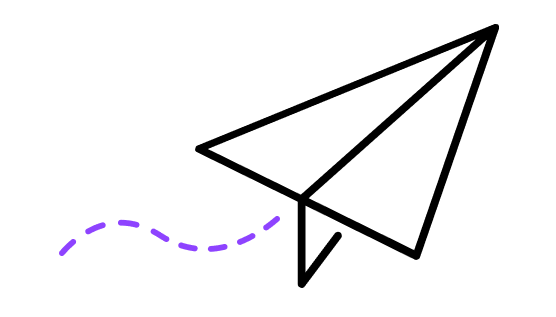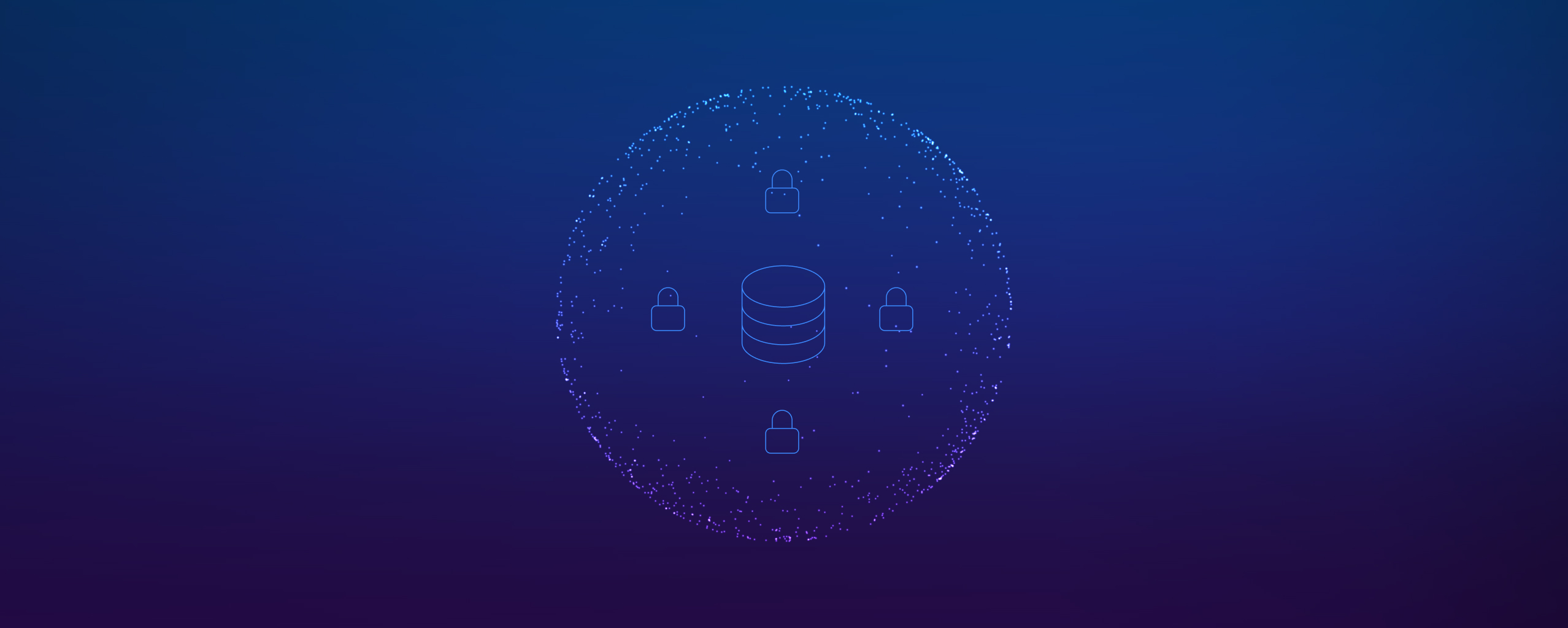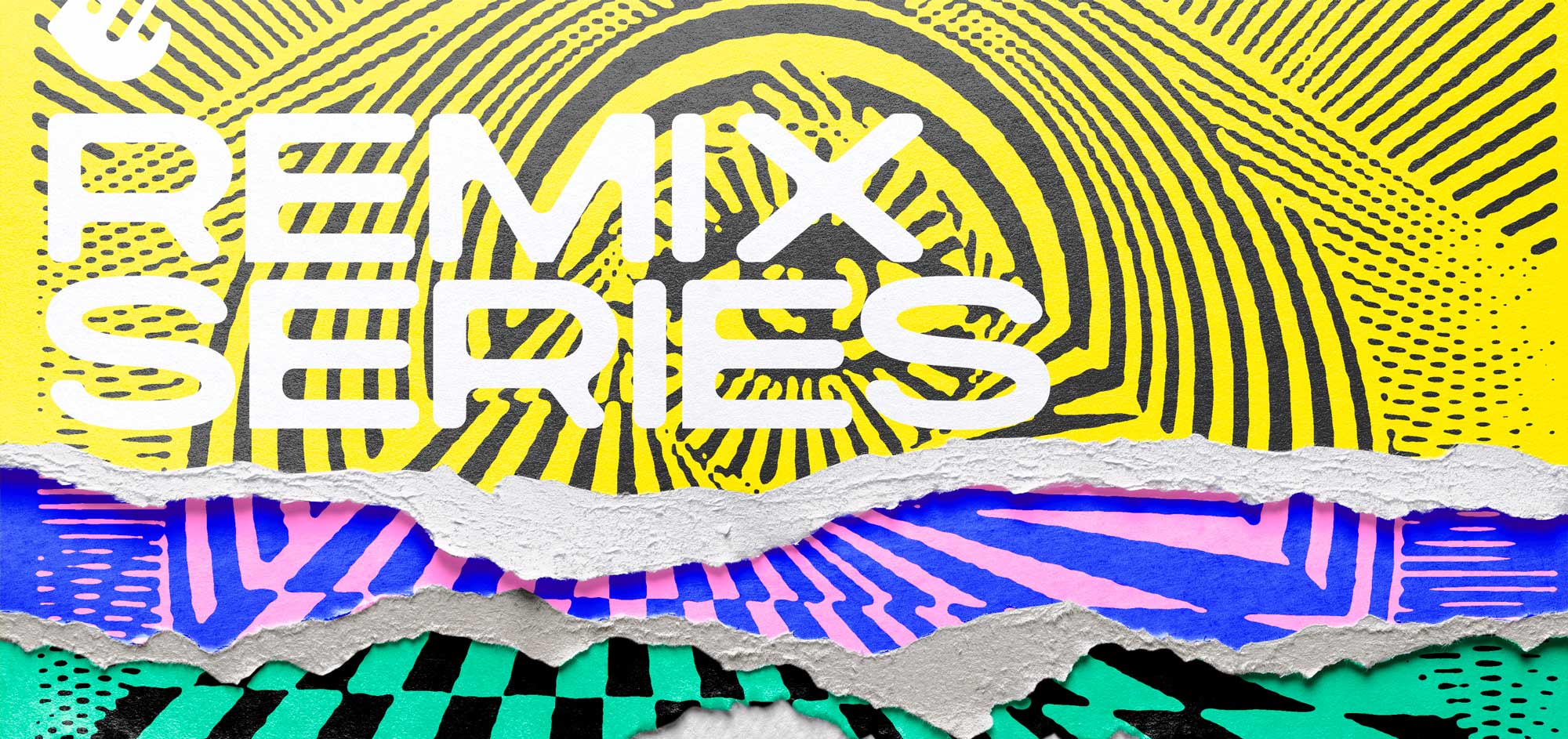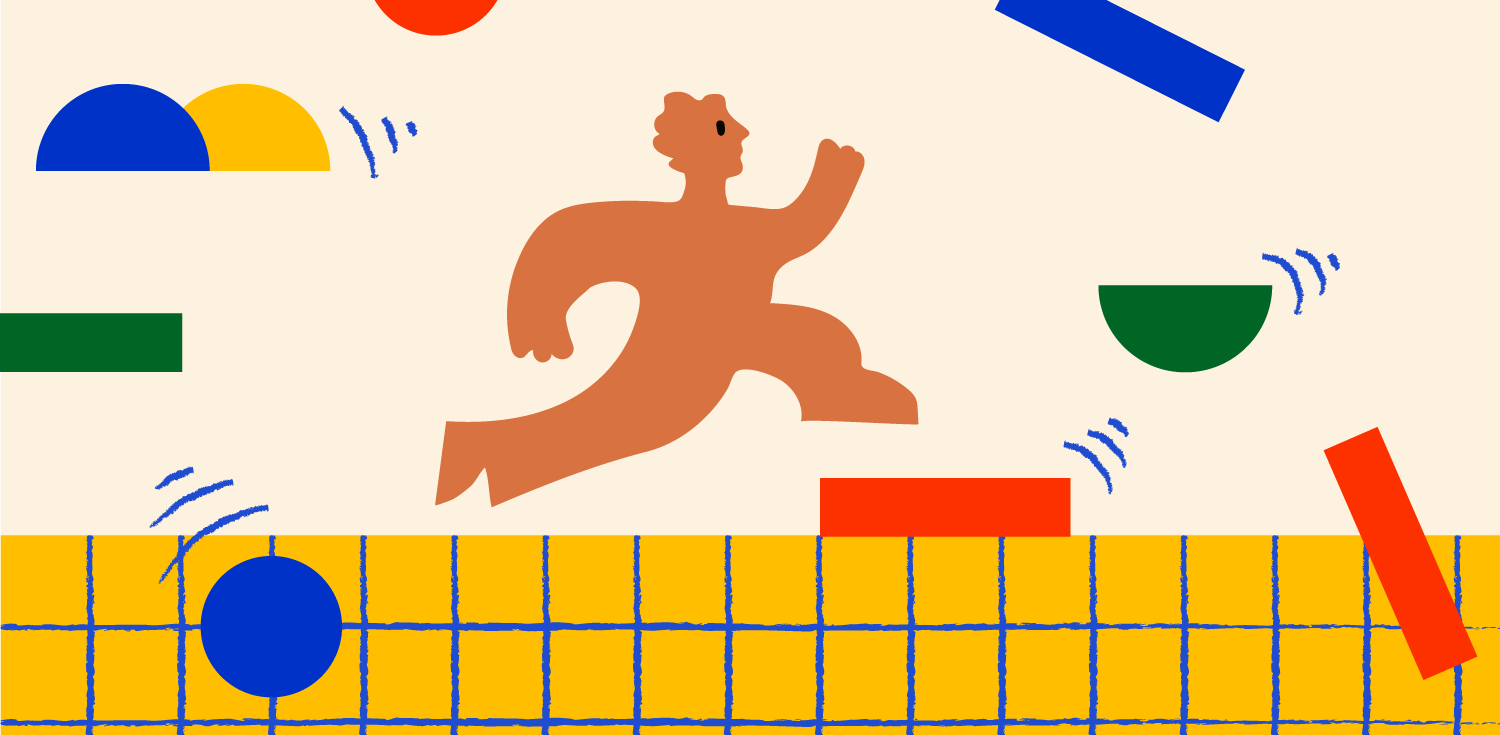
How IoT technology is driving business change
The Internet of Things (IoT) – a giant network of connected devices empowering data collection and transfer – is changing the way we do business.
Gartner forecasts in 2021 there will be over 25 billion connected devices. Telstra CEO Andrew Penn says that IoT is integral to all businesses now, because by 2020, “everything that can be connected will be connected”.
Gaming consoles, speakers, thermostats, and even our fridges are becoming interlinked. Many devices now offer some form of short range connectivity, such as Bluetooth, enabling them to access the internet indirectly through your phone or computer. Why this idea of everything being “connected”, and what does it mean for the future?
Growing demand for automation and control
We know that people love controlling stuff from one place.
What once seemed like science fiction is becoming a reality:
- connected ”smart homes” are on the rise (one Telsyte report claims over five million Australian households – 50 per cent of the total number – installed at least one smart home item in 2018.),
- artificial intelligence is the next space race, and,
- electronics only continue to grow smaller, thinner and faster.
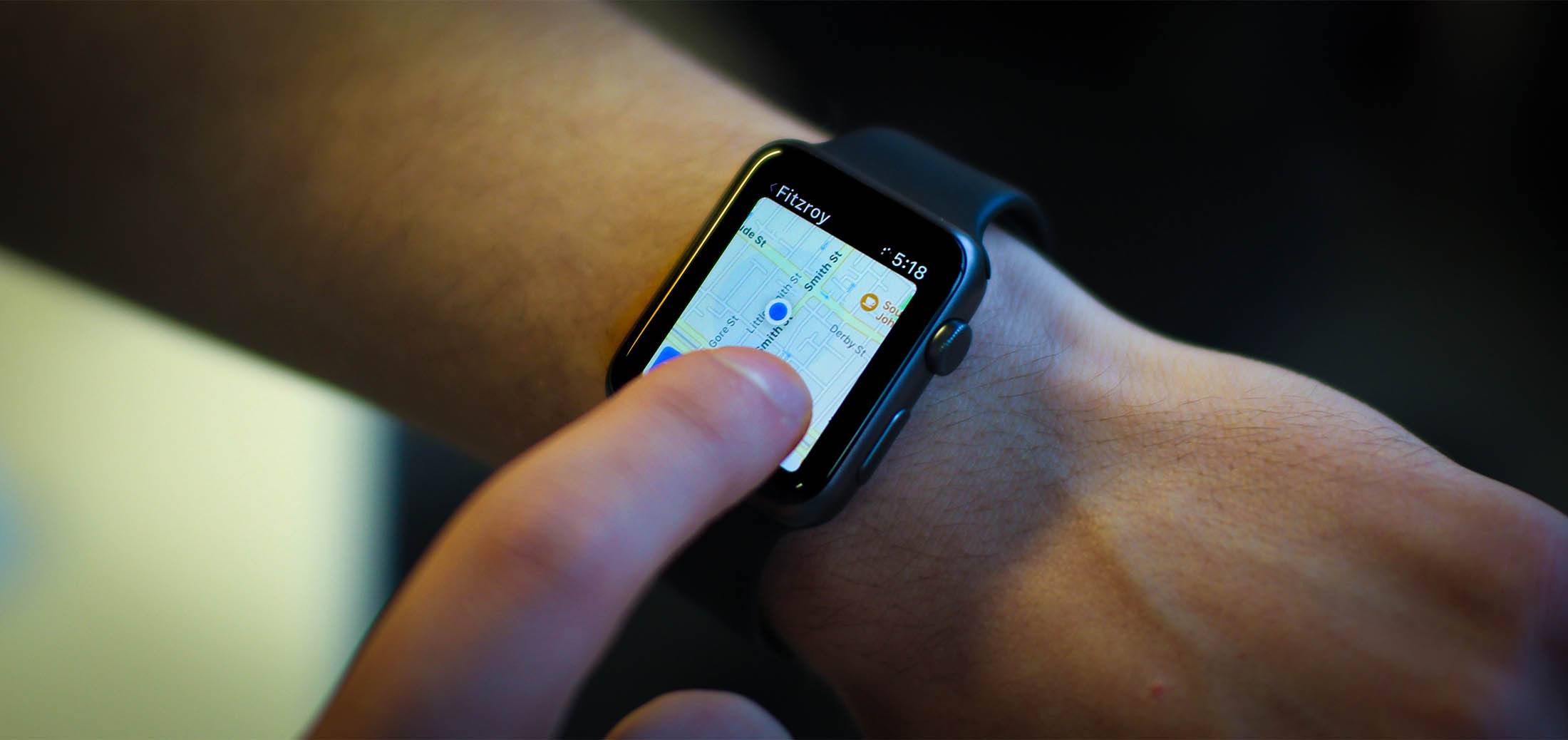
Connected means smarter
The challenge for electronics manufacturers has always been balancing processing power with size and price. We’re now starting to realise the benefits of external processing.
Think about how Apple Watch uses the iPhone to access all kinds of data – such as what’s on for your day, or how far away your Uber is.
Without leveraging external information through your phone, your smartwatch would probably look something like this.
As we move to a more connected world, we’ll start to see more functionality outsourced from the device chipboard onto a cloud based IoT platform.
With Blossom’s smart watering systems, the ‘heavy lifting’ in terms of processing – a mashup of local weather data, plant information, and site-specific conditions to calculate exactly how much water is needed – is undertaken remotely from the sensor.
Governments are early adopters
Cities across the globe are reinventing themselves as cutting edge IoT “smart cities” – and Australia has joined the party.
Melbourne is projected to overtake Sydney as Australia’s largest city (by population) within 30 years. Local councils are exploring measures to introduce connected technology which addresses population growth and climate change challenges.
Melbourne City Council successfully trialled sensor-equipped rubbish bins that notify waste management upon reaching 70 percent capacity, and smart street lighting will be rolled out in Darwin to turn lights off when no motion is detected.
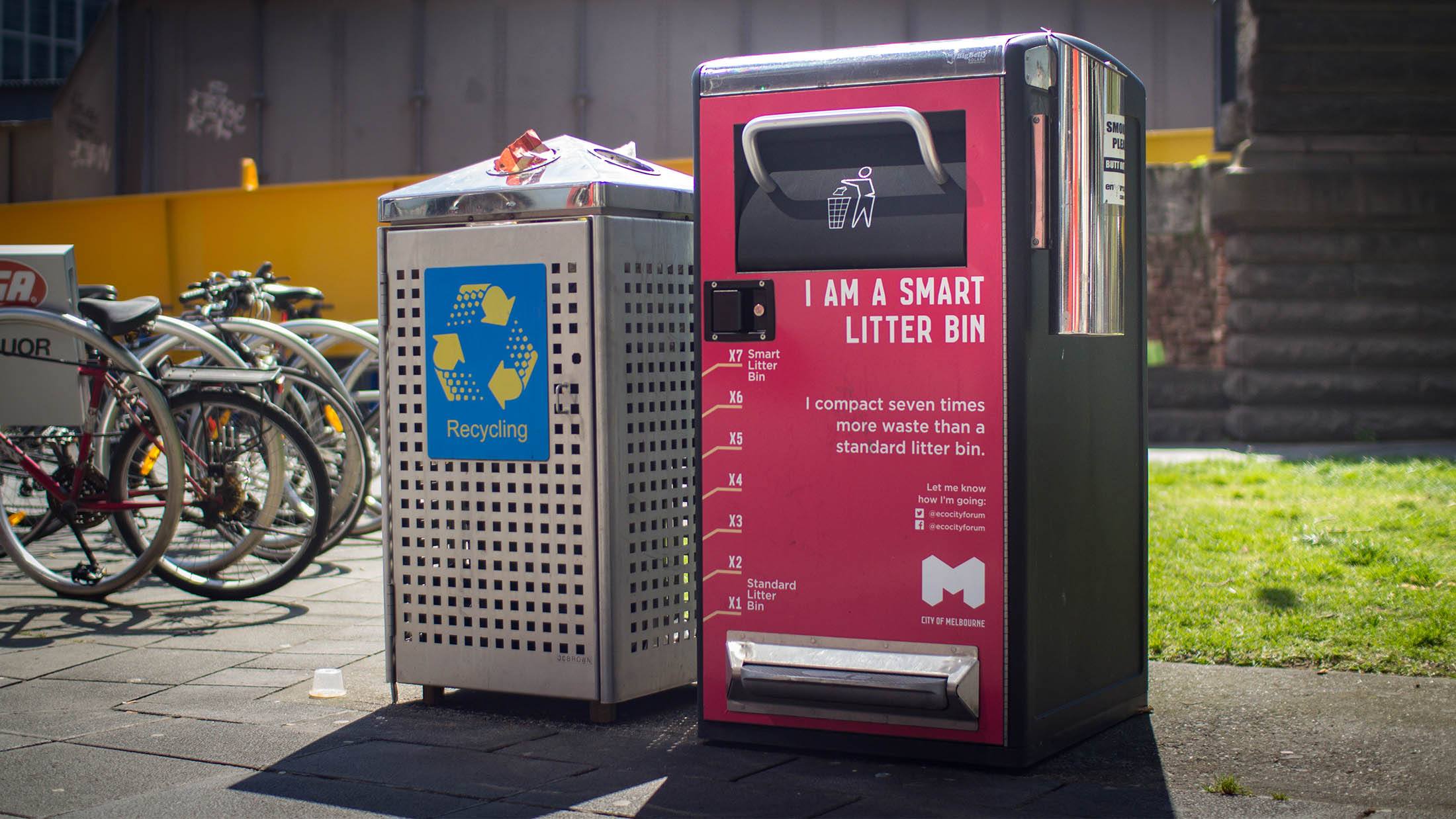
Undeniable business opportunities
A few years ago, former Telstra Chief Scientist, Dr Hugh Bradlow, discussed opportunities for business, underlining IoT isn’t a future state – it is here now and needs to be on the agenda in board meetings, today.
Business leaders should be discussing how IoT products can boost their company performance and provide an edge over competitors. Internal efficiency is an obvious area of interest, for instance how “smart offices” can save on running costs.
Externally, the focus should be on ways in which IoT can improve the capability of products and services. Implementing device functionality that can receive and react to instructions coming from the internet is a crucial first step in creating an IoT-compatible ecosystem.
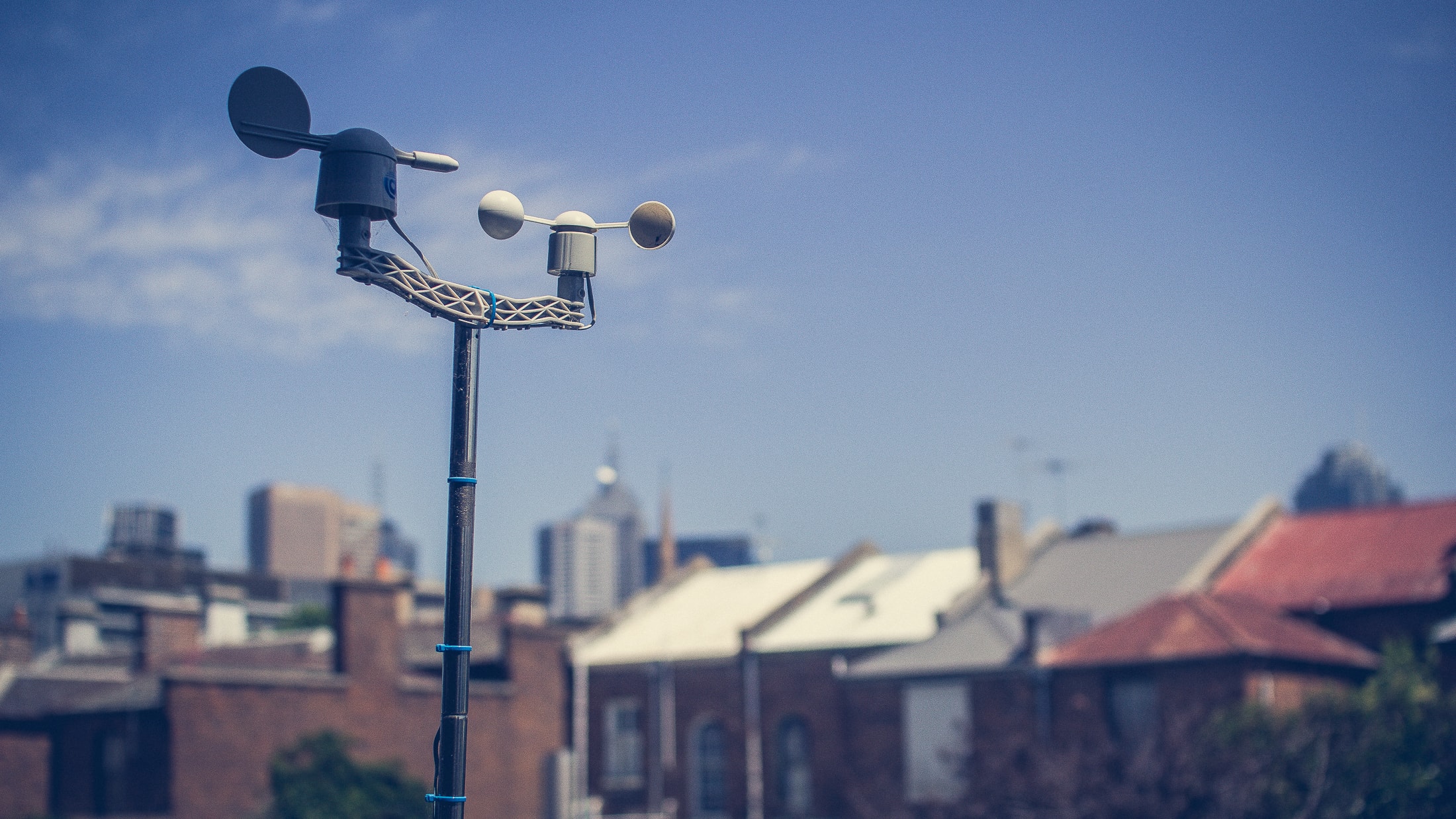
Conduct’s IoT research and development
Alongside our commercial IoT projects, we ran some experiments on sensor data and machine learning.
We challenged ourselves to develop a fully-fledged agricultural sensor system complete with a weather station. Our aim was to record explicit metrics like soil density and ground temperature and ultimately compare these readings against external data sets to make predictions.
Our goals were:
- Gain a better understanding of what makes a great IoT platform.
- Design a central platform for any device that collects measurement data.
- Research the security risks and challenges associated with having such a broad range of devices connected to the cloud.
With platform flexibility a key requirement we opted for Cumulocity – widely regarded as a flagship in enterprise device management.
Being curious technologists, we decided to go a step further and build our own platform geared specifically at storing and reacting to sensor data.

We built our application using Node.js and RethinkDB, integrating into AWS, Twilio and Google Firebase to broadcast alerts.
We’ve extended this internal API to handle device management and data collection on a much larger scale. We’re working on an integration with The Bureau of Meteorology data to begin estimating future conditions based on historical data.
The sensor data is currently being graphed with Geckoboard, a wonderful dashboard product which we run on a TV screen here at the office.
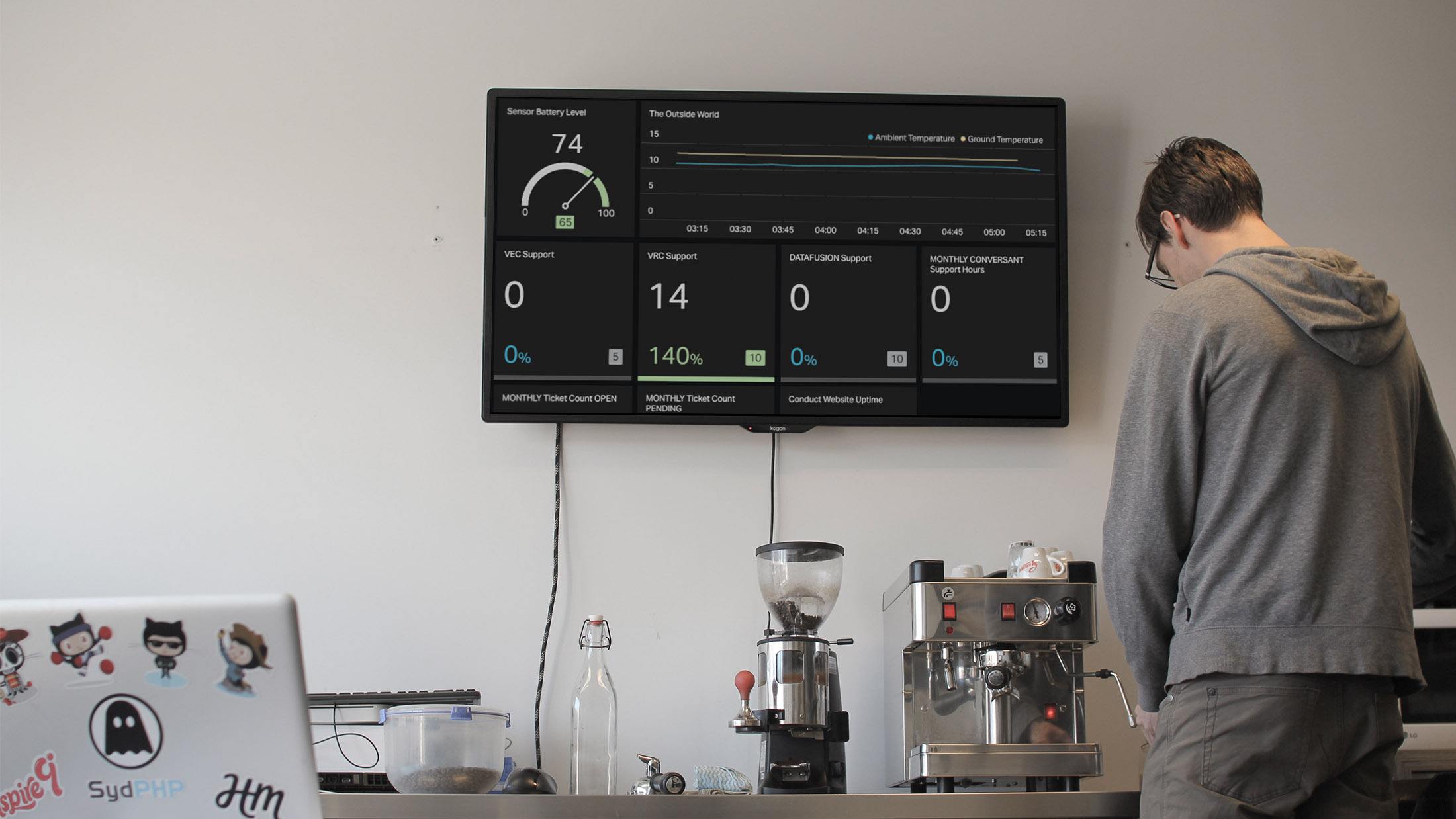
Smart storage prototype
In addition to our weather experiments, we’ve also been involved in some early stage work with a large Australian retailer to explore the potential of a physical RFID storage solution. We’ve been able to demonstrate significant time savings, plus the ability to automate stock level notifications – which we think has large potential for enabling smarter warehouses.
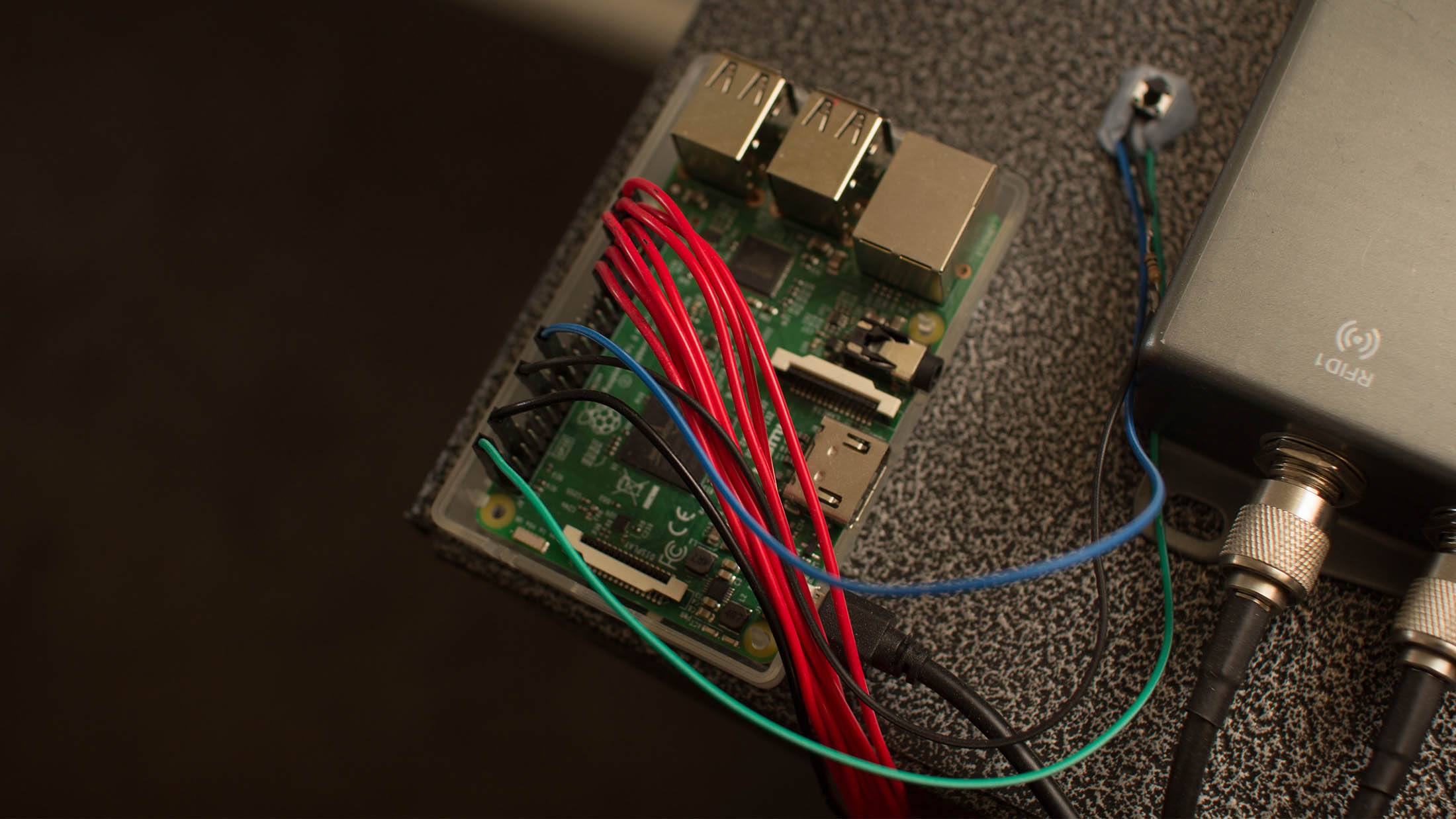
Where to next with IoT?
The evolution of IoT has been exciting but we’ve only scratched the surface. Consumers and businesses will see further significant changes and our interactions will change particularly around:
- Device management — from switching electronics on with our phones, to potentially limitless control over what devices are doing.
- Automation — scheduling device functions to trigger automatically.
- Machine learning — data collection, cloud storage and visualisation at scale to drive predictive analytics.
- Tracking of items, consignments or vehicles — knowing what’s going on and where, without the need to sign for parcels, track routes, manually check manifests or run stocktake.
Change will be rapid. And exciting.
Make the right decisions by collecting the right information.
Learn about Conduct's IoT integration services
More from the Journal
